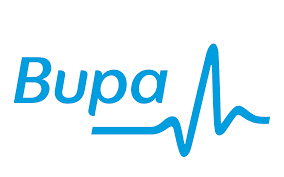It is a common misconception that Chiropractors and Osteopaths only treat back pain. Their speciality actually lies in the treatment of all of the joints in the body (along with all the nerves and muscles associated with those joints). The reason they tend to focus on the spine is the association the spine has with all of these other joints!
Rachael Thomson, Freedom’s Chiropractor (Leeds), says ‘knowing about extremities can enhance all practitioners understanding of how easily spinal problems can be a result of poorly functioning extremities. With this kind of knowledge it is much easier to help patients with their difficult and non-responsive conditions’.
For example, you may have been treated for back pain in the past and it has responded to some of the treatment but the problem has not fully cleared. You may also find that when getting treated for your back you also have other problems in other area such as knees or hips. All of these problems are usually closely related, not separate entities, as the mechanics of the knees and hips are closely related to the mechanics of the spine. If you treat the spine and ignore the hips and knees you will never fully solve the problem.
When a joint is not functioning properly, it is not always noticed by the patient i.e. no pain so there could well be an underlying weakness causing problems and pain elsewhere.
Mechanoreceptors are embedded in the tissue surrounding joints, this means that when the tissues get stretched (this can happen when the joint is misaligned) this activates and inhibition or weakening of the muscle that surrounds that joint. Discovery of these weak muscles and correction of the misaligned joints to restore normal strength is the key to restoring function to the whole skeletal system. The assessment that the Freedom practitioner undertakes will assess the muscle strength of the joints and any weaknesses detected will highlight the cause of a lot of problems. Rachael’s approach to treating the extremity joints is very much pre-test, treat and then post-test which allows both the practitioner and the patient to see instant results.
Rachael says ‘what a lot of patients don’t realise is that when a joint is not functioning properly it will not always signal the problem with pain, but will only manifest as weakness. This weakness will be compensated for by other joints/areas, and it is often these compensating areas that then signal the pain’.
The conclusion being that a rigorous initial assessment of the whole body is essential to seek out all of the potential contributors to the cause of the problem.
Rachael is attending the jaw, rib and shoulder seminar this weekend which is one in a series of seven seminars leading to advanced certification in extremity care.
For more infomation, or book a free assessment, call your local clinic.





